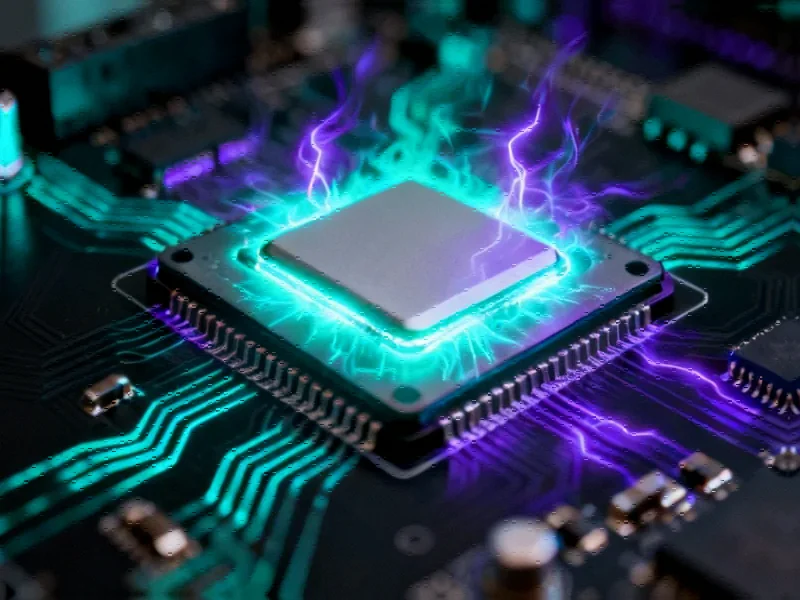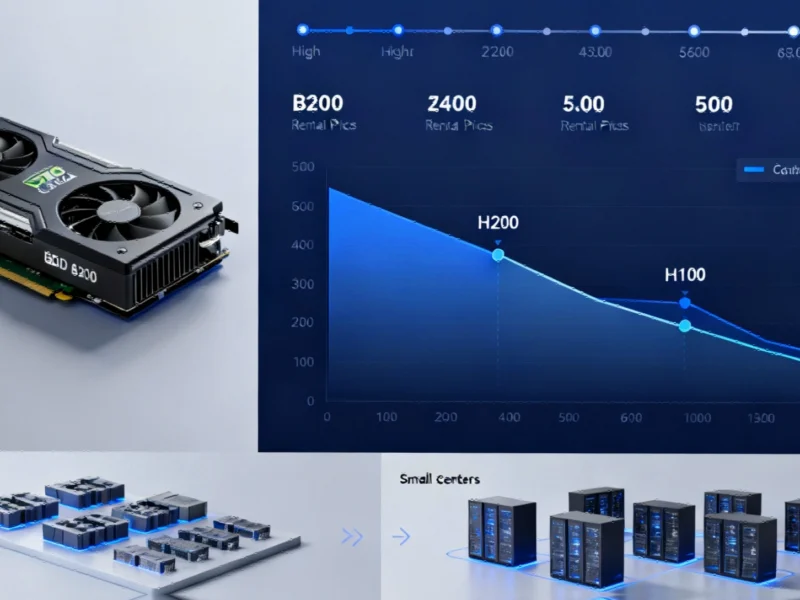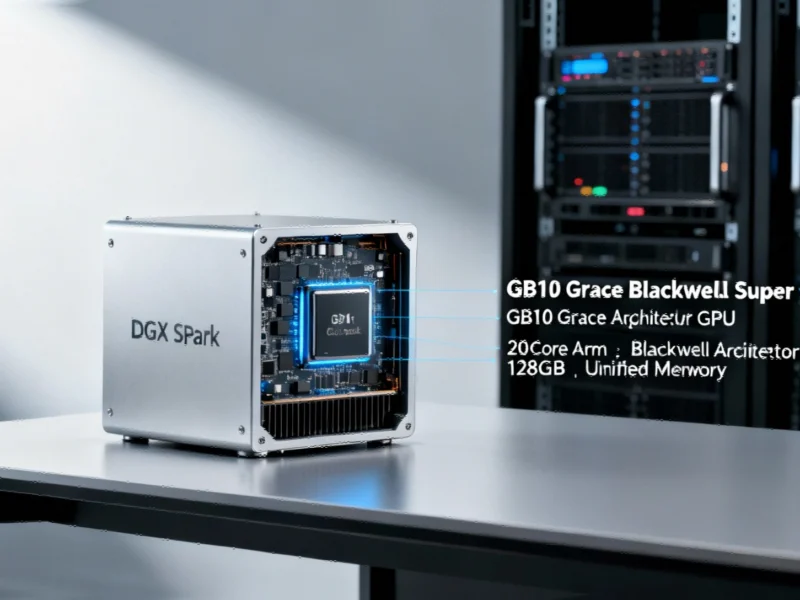AMD Prepares AM5 Platform for Next-Generation APUs
AMD is reportedly preparing to bring its Zen 5-based Krackan Point APUs to the desktop AM5 platform, according to recent BIOS updates discovered in the wild. The upcoming AGESA BIOS version ComboAM5PI 1.2.7.0 has been identified with support for microcode “00B60Fxx,” which corresponds to the Krackan Point series. This development suggests that AMD is finally addressing the significant gap between its mobile and desktop APU offerings, potentially delivering substantial performance improvements for users seeking powerful integrated graphics solutions.
Understanding the Krackan Point Architecture
The Krackan Point APUs, marketed as the Ryzen AI 300 series for mobile platforms, represent AMD’s most advanced APU design to date. These processors combine Zen 5 CPU cores with RDNA 3.5 graphics architecture, creating a compelling package for both computational and graphical workloads. The transition to desktop platforms would mark a significant milestone, as current AM5 platform users have been limited to Zen 4-based APUs that cannot match the performance of their mobile counterparts featuring Zen 5 architecture.
Industry observers note that this move aligns with broader industry developments toward more powerful integrated solutions that reduce dependency on discrete graphics cards for mainstream computing.
Technical Specifications and Expected Performance
Based on the mobile variants and industry leaks, the desktop Krackan Point APUs (potentially branded as Ryzen 9000G series) are expected to feature:
- Up to 8 Zen 5 CPU cores with 16 threads
- Enhanced RDNA 3.5 integrated graphics
- Higher thermal design power limits compared to mobile versions
- Advanced AI acceleration capabilities
- Support for modern memory standards and faster Infinity Fabric
The performance uplift should be particularly noticeable in graphics-intensive applications and gaming, where the combination of Zen 5’s improved instructions per clock and RDNA 3.5’s architectural enhancements could deliver groundbreaking integrated graphics performance.
Market Timing and Strategic Implications
AMD’s apparent preparation for desktop Krackan Point APUs comes at a crucial time in the processor market. With rumors pointing to a Q4 2025 launch for the Ryzen 9000G series, AMD would be positioning these APUs as attractive options for budget-conscious builders and small form factor enthusiasts. This timing is strategic, as it gives AMD nearly a full year of market presence before the expected arrival of Zen 6 architecture in 2026.
The move also reflects how companies are adapting their pricing strategy to address different market segments while maximizing architectural developments across product categories.
Broader Industry Context
AMD’s APU developments occur alongside significant advancements across the technology landscape. Researchers continue to make breakthroughs in various fields, including work that reshapes our understanding of fundamental scientific principles, while climate scientists are publishing new research that reveals critical environmental patterns.
Meanwhile, the technology infrastructure continues to evolve rapidly, with some experts warning about potential infrastructure bottlenecks that could affect next-generation computing platforms. Against this backdrop of related innovations, AMD’s APU strategy represents a focused effort to deliver balanced computing performance to mainstream users.
What This Means for Consumers and Builders
The arrival of Zen 5-based APUs on the AM5 platform would significantly expand options for PC builders and upgraders. These processors would offer:
- Elimination of entry-level discrete GPU requirements for many users
- Superior performance in CPU-bound tasks compared to previous generation APUs
- Future-proof platform compatibility with existing AM5 motherboards
- Potential cost savings for complete system builds
For users who have been waiting for more powerful integrated graphics solutions, the Krackan Point desktop APUs could represent the perfect balance of computational and graphical power without the need for additional hardware investment.
Looking Ahead: The APU Landscape in 2025 and Beyond
As AMD continues to refine its APU strategy, the distinction between mobile and desktop processing capabilities continues to blur. The potential introduction of Krackan Point to the AM5 platform demonstrates AMD’s commitment to bringing its most advanced technologies to all form factors. With the company expected to maintain its aggressive release cadence, consumers can look forward to increasingly sophisticated APUs that challenge traditional discrete CPU-GPU combinations in more market segments.
The ongoing evolution of processor technology continues to drive exciting developments across computing, with AMD’s APU roadmap representing just one aspect of the rapid innovation characterizing today’s semiconductor industry.
This article aggregates information from publicly available sources. All trademarks and copyrights belong to their respective owners.
Note: Featured image is for illustrative purposes only and does not represent any specific product, service, or entity mentioned in this article.



